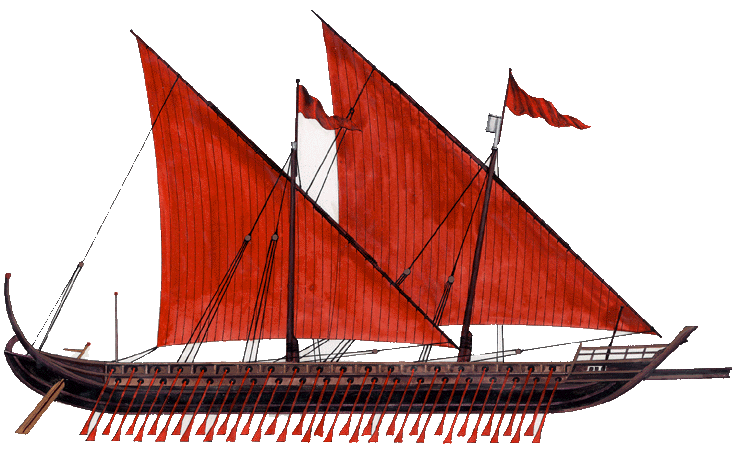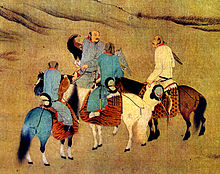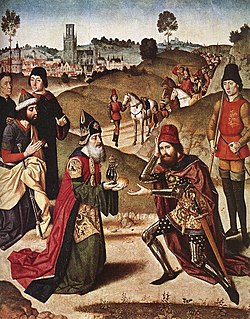My new chapter points out to the Greek twist of the legend which relates to Alexander putting up a wall or a gate at a mountain pass.
I cite Arrian, one of our primary historical sources on Alexander, who mentions no such thing. I show that this yarn had already come into existence at the time of Josephus Flavius, who makes it part of his narrative. I quote Pliny the Elder who testifies of a great confusion among his contemporaries concerning the location of the Caspian Gates.
I'd like to give you a taste of my writing:
"It was a long and breaking down chase. The bleeding but still alive Persian emperor took to flight into his eastern satrapies in the last-ditch effort to muster a new army against his victorious contender. The royal escape route passed through the Caspian Gates, a winding ground-level breach in a mountain wall. The pursuer, who would spare neither horses nor riders, was breathing down his neck in a desperate attempt to intercept the fleeting antagonist.
At the close approach to the intended defile, Alexander learned to his bitter distress that his foe had managed to slip away through the jaws of a mousetrap. Recognizing a failure of his impulsive plan, the chaser had to suspend the hot pursuit, granting his weary troops a long-deserved repose. (1) The conqueror had neither time nor intention to erect neither a wall nor a gate as he had to catch up with his glory.
Pliny the Elder emphasizes the strategic significance of this venue, which served as the benchmark for the distance estimations in the course of the Greek military campaign across Asia: “In the itineraries of Alexander the Great, these gates were made the central or turning point in his expeditions.” (2)
The Roman scholar refers to the Iranian Caspian Gates, a narrow gorge cut in a chain of the Elburz Mountains, connecting Media with Parthia. He places this defile in the vicinity of Rhagae, an ancient city, which is currently absorbed by Tehran metropolis.
However, the writer defies the common error to attribute the same place-name to the mountain passage in the Caucasus. He cites a local defense network consisting of the gates with iron-covered beams and a rock fort “erected for the purpose of preventing the passage of the innumerable tribes.” (3) This barrier designed to repel barbarian raids has nothing to do with the historic Alexander who had never waged wars in this region.
By the time of Josephus Flavius, who flourished at the latter part of the first century CE, the legend of the Caucasian Caspian Gates had gained such a wide circulation that the Jewish historian did not hesitate to include it in his chronicle. The narrator relates that a nomadic tribe from the north bent on conducting a plundering raid in north-western Iran asked permission of a local king “who controlled the pass which Alexander the Great had blocked with iron gates.” (4)
Classical men-of-letters believed that Alexander the Macedon had reached the rim of the civilized land; he had not dismounted until found himself at the gateway to India. He turned tail only after his exhausted servicemen had questioned his strategy in achieving the ultimate goal. In his farewell speech to the troops, he urges them (to no avail) to spread themselves thin and continue the conquest, confiding his dream of a world-wide polity: "… to this empire there will be no boundaries but what God Himself had made for the whole world." (5)
Plutarch gave the brave commander credit for spreading the Greek ideal of human society over entire Asia, overcoming "its uncivilized and brutish mode of life." (6)
I'm currently studying other sources that describe the nomadic tribes of the Pontic steppes who became Alexander's antagonists in the legend. I will also include authentic information about these peculiar people who would astonish our classical commentators.
I have recently begun to check the archaeological news on a regular basis. I read reports about extraordinary finds all over the world. These extracts may not add much to my story but they give me a sense of global history which justifies the concept of my book and inspires me to continue my work.











